How to dig up a site?
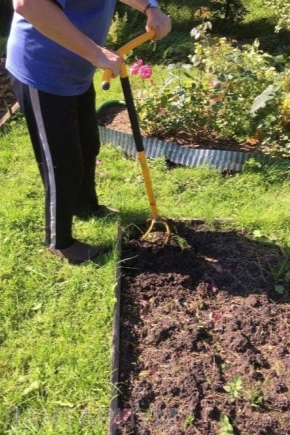
In agriculture, you cannot do without plowing and other methods of tillage. Digging your site serves to increase the yield of the land. After all, plots are often acquired in not very good soil condition, therefore, it is necessary to carry out a number of land works, which will be discussed. One of the first tasks that the owner of the site mainly faces is clearing the area from weeds and digging it up.
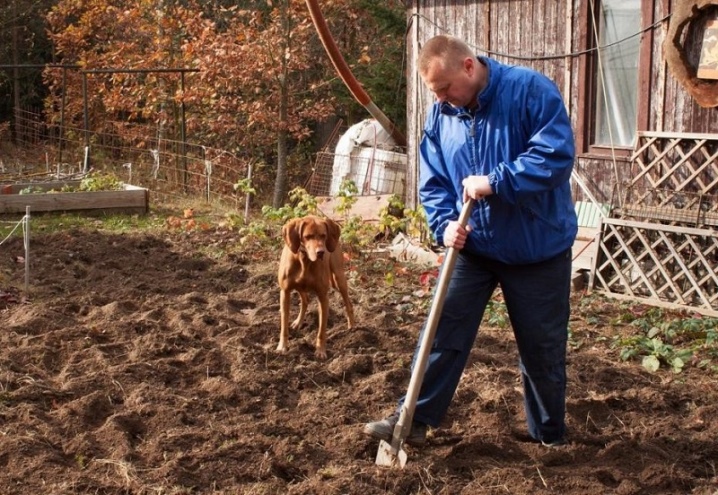
Peculiarities
Nowadays, there are many methods for caring for your site, namely soil. One of these methods is digging an overgrown area or plowing it. However, this work requires a lot of effort and time.
The methods of caring for the soil on the site are divided into long-term and faster ones, which allow you to plant the plants in the very first season. There are certain nuances in digging the soil, which we will reveal in this article.
It should be noted that during the digging of the soil, it becomes loose and enriched with oxygen, useful for plants. After such processing, the earth will be easier to absorb moisture. Also, this procedure helps to get rid of weeds and harmful insects.
Thus, first of all, we increase the yield and fertility of our site.
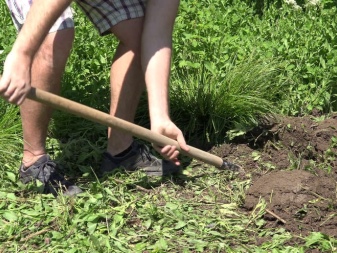
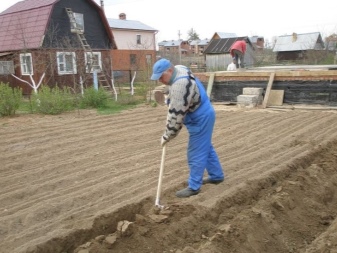
Digging can be deep and small. However, it is the deep digging of the earth that is most useful. After all, it significantly improves the structure of the soil. Often, when plowing the land, various fertilizers are introduced into it to improve its properties.
For example, if you need to plant a lawn on your site, first you need to dig the earth. Before that, you need to clear the area of dry grass and other debris, remove the top sod. For this, the spring season is usually chosen.
Arrangement of an overgrown area is a rather difficult and long task.
In addition to mechanical digging, it is also necessary to apply a set of chemical measures.
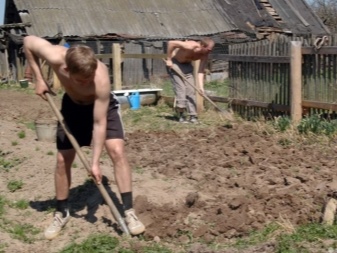
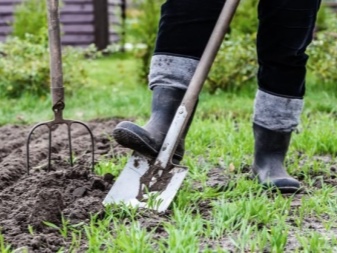
What can you dig up?
Basically, digging of the earth is carried out with a shovel, and forks are used for sandy soils. But if the plot is large, then in order to quickly plow the land, it is better to use a tractor.
The depth of digging with a shovel reaches 30 cm. Usually this process is combined with soil fertilization with various mineral and organic substances.
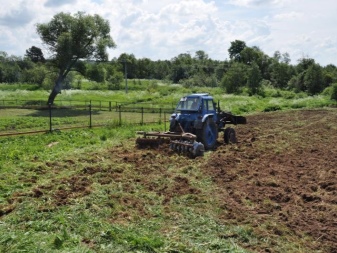
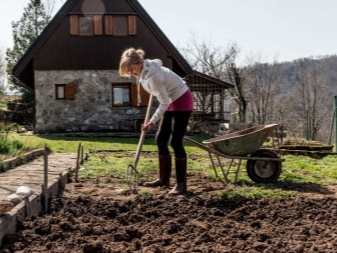
In addition to the usual excavation, there is also another method called two-tier or pseudo-planting. In this case, the soil is dug up to a depth of 60 cm. Such digging is used if the soil is dense, to improve drainage and when planting perennial plants. In this case, a deeper layer, below 30 cm, is shifted from one so-called furrow to another.
It should also be noted that after digging, a layer of new soil is poured on top, since the earth subsides.
Summing up, we can say that you can use three types of equipment to dig your site. The first is an ordinary shovel or forks, the second is an already automated walk-behind tractor, and, finally, the third is a full-fledged tractor.
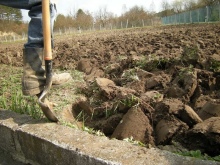
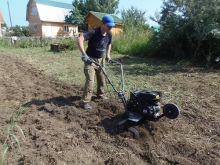
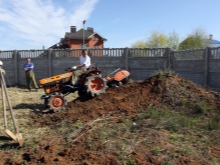
Digging rules at different times of the year
Digging a suburban land plot can be carried out at different times of the year, depending on what kind of soil and for what plants it is being prepared... If the soil is light and sandy enough, then one autumn digging will be enough. For heavier soils, double digging may be necessary - in spring and autumn.
In the spring, digging the earth should begin when the soil has reached a certain level of moisture and temperature. To understand this, you need to touch the ground at a depth of 10 centimeters. It should be neither too crumbly nor too hard.
And, for example, an autumn digging will allow you to destroy weeds from the soil. But the right time should be chosen, not just before the frosts, but when the soil has an optimal level of moisture.
This is important, since plant residues are weakly decomposed in dry or waterlogged soil.
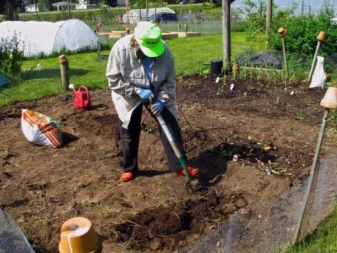
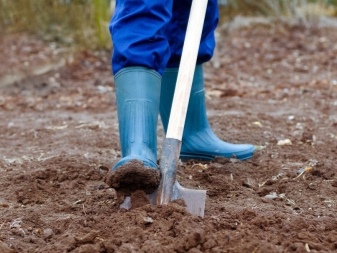
Autumn digging is usually done in September after harvest and before the rains, and spring digging in April. It should also be noted that it is a deep digging that needs to be done only once every few years to restore productivity.
When digging up the earth, you should not forget about its fertilization. In the fall, substances are added to the soil that dissolve in the ground more slowly, and in the spring, on the contrary, those that are absorbed much faster. The spring digging should be shallow so that all fertilizers added in the fall remain in the ground. Also, with any digging, it is necessary to level the earth with a rake and break up all large lumps of earth.
There is a method of digging with the so-called turnover of the formation, when the lower layers are turned outward, to the surface.
This method is ambiguous and not everyone uses it, since it has both disadvantages and advantages.

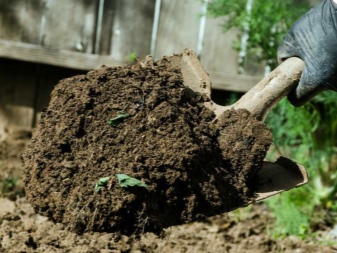
It should be noted that if the soil is clay, then you need to dig it up more often than looser soil. If you are digging up the soil on the site in the fall, it will be useful to add lime, ash and sawdust to it. In this case, lime is added to deoxidize the soil if it has a high acidity. At the same time, sawdust should be rotted or treated with urea, so as not to reduce the concentration of nitrogen in the ground. It will also be useful to fertilize the soil with manure every few years.
Plants after the autumn digging for the next year can tolerate drought more easily. But you should not dig up the soil under trees and shrubs, so as not to damage their roots.
In general, digging up the earth is one of the necessary methods of caring for your site. But the way in which you will do this is up to you. However, it will always be helpful to learn about the different options for correct land cultivation.
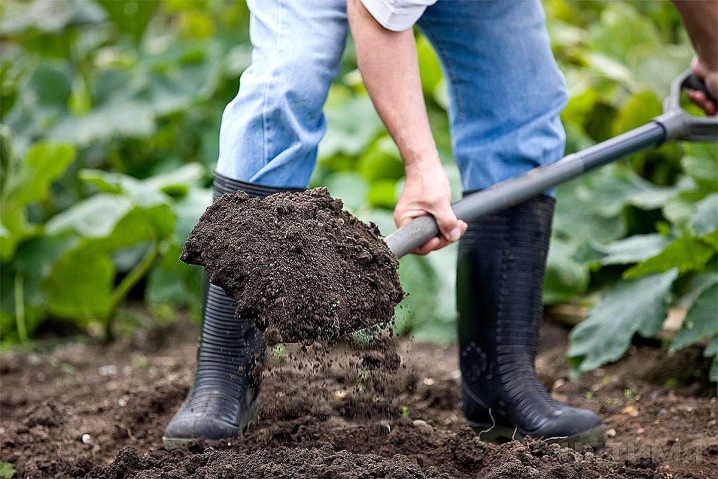



































































The comment was sent successfully.